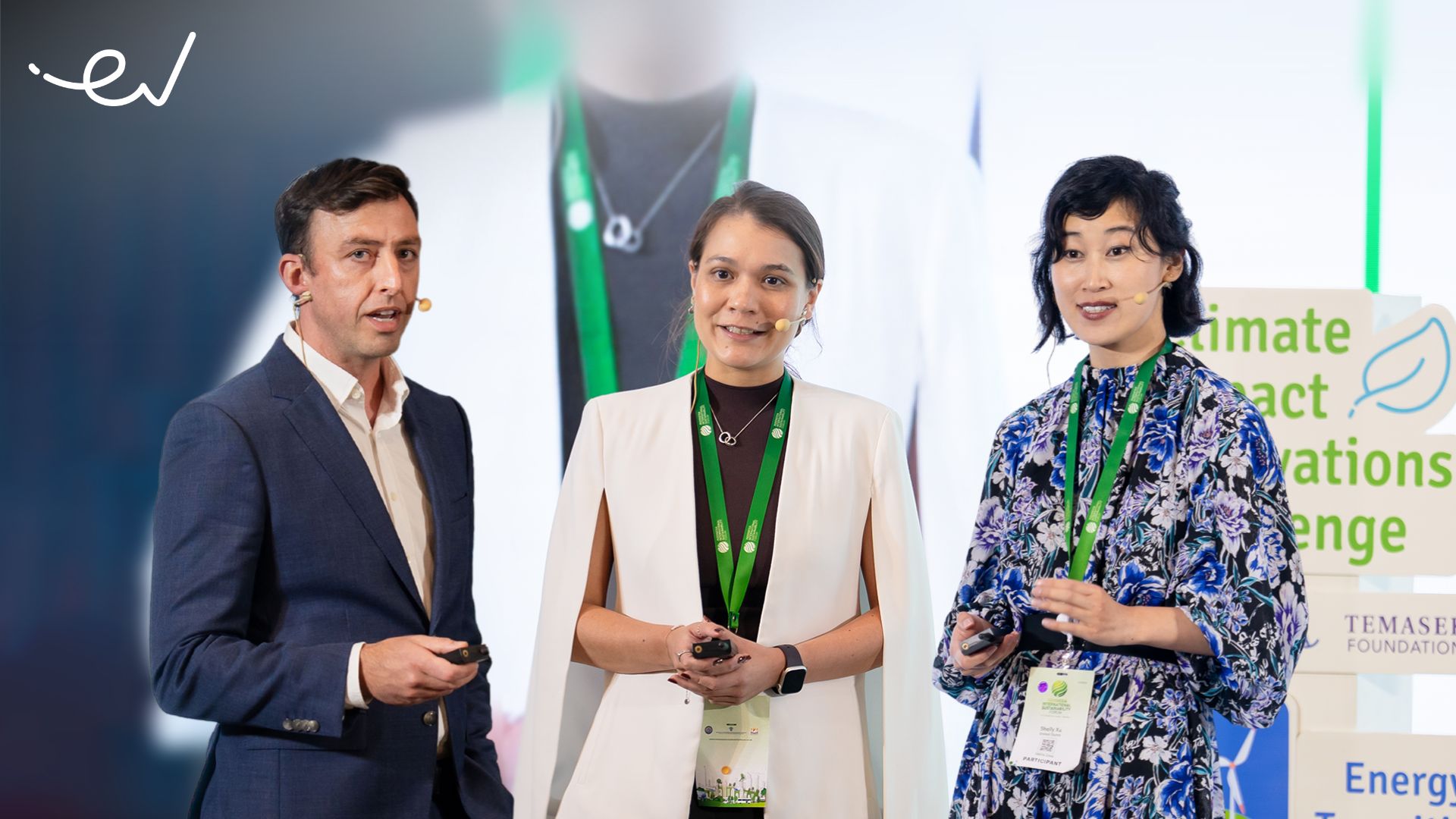Climate change rapidly alters our world’s economic and social fabric, and Southeast Asia, particularly Indonesia, is no exception. Our region faces multifaceted challenges at all levels of society, impacting various sectors, including food security, tourism, and even healthcare.
A recent study by Indonesia’s National Research and Innovation Agency (BRIN) also found that climate change’s devastating impact could potentially eradicate the economic value of rice and coffee commodities to more than US$2.8 billion and US$262 million annually in rice and coffee production between 2051-2080. It would be felt directly by the hardworking farmers and the communities that rely on these commodities.
Moreover, Southeast Asia is one of the world’s most vulnerable regions to climate crisis and data suggests a stark future. The region’s GDP could be reduced by 11% by the end of the century due to climate change’s impact on vital sectors. According to Indonesia’s national media, Kompas, rising sea levels would impact 199 coastal districts in Indonesia at risk of being hit by annual tidal floods in 2050. Approximately 8.6 million people will be affected, which will cost up to US$101 billion.
The climate-linked disasters have damaged millions of infrastructures, disrupted energy supplies, and hindered transportation lines. In 2021 alone, weather-related hazards have cost Asia a total damage of US$35.6 billion, affecting nearly 50 million people. Regrettably, the list goes on, and the world is losing US$17 trillion as we wait.
These are the unfortunate, hard truths we are currently facing as today’s global average temperature gets 1.2°C warmer than the pre-industrial era (1880-1900). While the number seems small, it is significantly affecting the ecosystem for the worse. Just a one-degree increase drove seasonal temperature extremes, melting snow and sea ice, heavy rainfalls, and the shrinkage of biodiversity. As the Intergovernmental Panel on Climate Change (IPCC) suggested, limiting global warming to 1.5°C from the pre-industrial level is essential.
To mitigate climate risks, Southeast Asia will require over US$1.5 trillion in cumulative investment by 2030 versus the mere US$5.2 billion in green capital flows observed in 2022. Unfortunately, the actual disbursement for green capital has decreased by 7% since 2021, yet we’re hopeful to witness an increase in investment commitments.
The vital role of venture capital in mobilizing capital towards climate solutions
As the venture capital that promotes technology for solutions, we see opportunities amid the challenge. Now, more than ever, is the time for bold, calculated, and strategic actions. Investments must be made in climate-resilient and sustainable technology, especially in sectors that can mitigate climate change. These may include innovations in energy, food & agriculture, nature solutions, urban & mobility, and circular economy.
Investors play a critical role in catalyzing and mobilizing investments required to bridge the significant funding gap in the net zero transition, thereby assuming a pivotal role to support the scale up and adoption of climate innovations and solutions going forward.
Further, investors play an important role in guiding the measurement of investees’ climate impacts, and influencing behavior toward reducing harm and positively contributing to the environment and communities.
Addressing the climate crisis needs collaboration with many stakeholders
Addressing climate change also requires joint efforts from the government, business players, and communities who are highly encouraged to tap in.
Communities also hold the key to fostering environmental change through the adoption of sustainable products and services. By embracing eco-friendly alternatives, we can collectively contribute to a healthier planet and a brighter future for generations to come. Encouraging the adoption of these eco-conscious options not only benefits the environment but also promotes a more sustainable and responsible way of living.
For business players and innovators, incorporating climate-friendly practices and developing eco-conscious products and services should be a priority, particularly those that have high potential to compete with incumbent product and services offerings. Businesses can contribute to a greener future while maintaining competitiveness and profitability.
Through promoting sustainable technology, guiding climate impact measurement, and fostering responsible practices, we can pave the way for a greener future. Let’s prioritize eco-friendly products, cultivate competitive climate solutions, and make sustainable investments together.
By Avina Sugiarto, Partner at East Ventures, and Aghnia Dima Rochmawati, ESG Specialist at East Ventures.
The original article was published on Warta Ekonomi, 4 August 2023.







